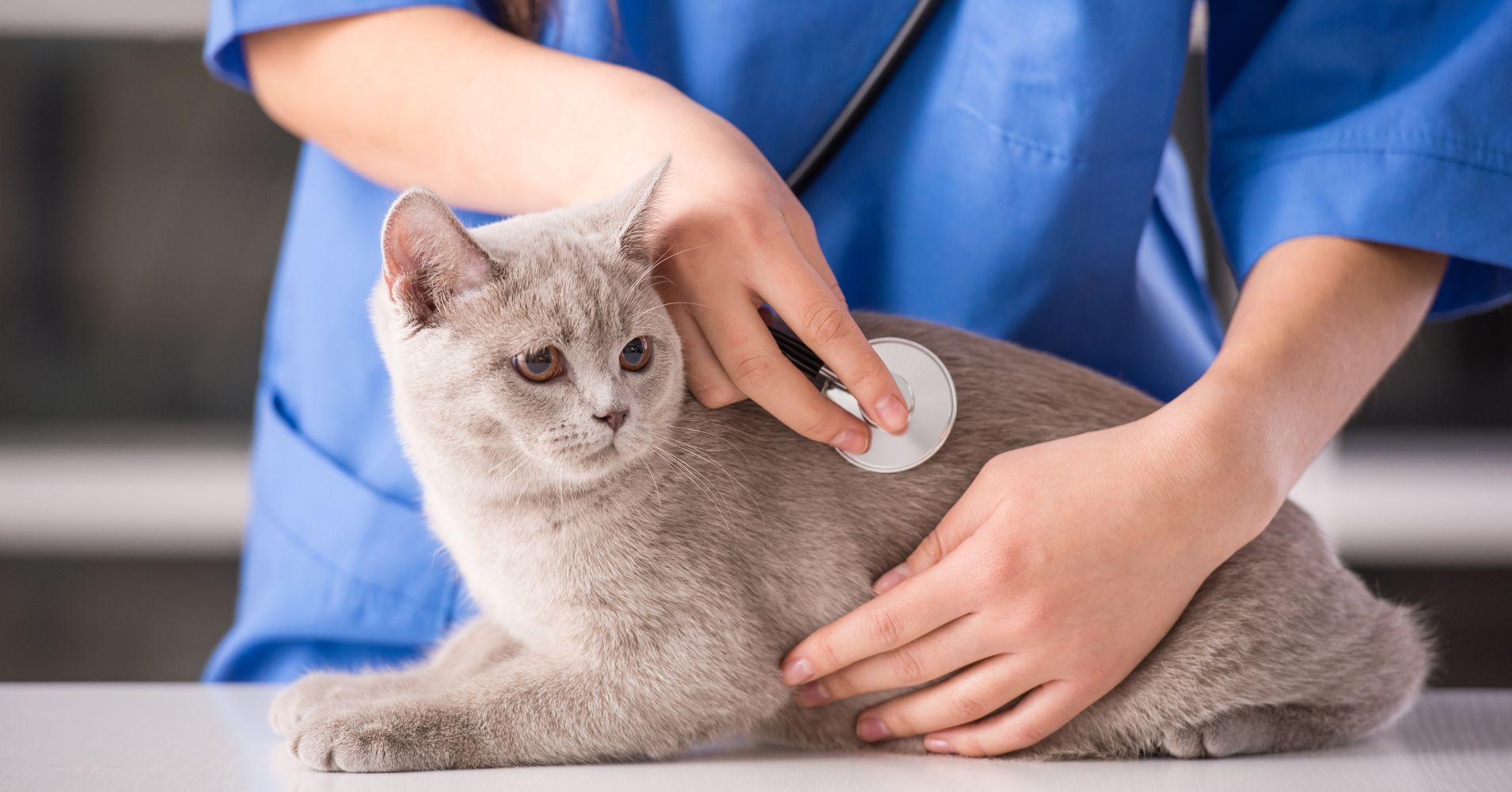Treatment of UTI in Pets
Bacterial urinary tract infections (UTIs) are a common health issue in pets, affecting dogs and cats of all ages and breeds. Bacterial UTIs can cause a range of clinical signs, including painful and frequent urination, incontinence, and even systemic disease if left untreated. Prompt diagnosis and appropriate treatment of bacterial UTIs are essential to prevent the development of severe complications, and this article aims to provide a comprehensive review of how to detect and treat bacterial UTIs in pets. The rapid test kits are very useful in order to test your pets instantly for any UTI. You can buy the rapid test kit here.
Diagnosis
The diagnosis of bacterial UTIs in pets is based on the results of a combination of clinical signs, urine analysis, and urine culture. The presence of clinical signs, such as dysuria, pollakiuria, and incontinence, should raise suspicion for a UTI. Urine analysis, which is a noninvasive diagnostic test, can detect the presence of inflammation, blood, or bacteria in the urine. However, urine analysis alone is not diagnostic of a bacterial UTI and should always be combined with a urine culture to confirm the presence of bacterial growth and to determine the most appropriate antimicrobial treatment.
Treatment
The treatment of bacterial UTIs in pets involves a combination of antimicrobial therapy and supportive care. Antimicrobial therapy should always be chosen based on the results of urine culture and sensitivity testing to ensure the most effective treatment (Find more information about the rapid test kit). Empirical treatment should only be considered in cases of severe clinical signs or when culture results are pending.
The duration of antimicrobial therapy should be based on the severity of the infection, the causative organism, and the patient’s clinical response to treatment. In most cases, treatment should be continued for at least 10-14 days to ensure complete resolution of the infection. The use of antibiotics with a narrow spectrum of activity and low potential for resistance is recommended whenever possible.
In addition to antimicrobial therapy, supportive care is an essential component of the treatment of bacterial UTIs in pets. Supportive care may include the administration of analgesics, urinary acidifiers, and anti-inflammatory agents. It is also essential to encourage increased water consumption to maintain hydration and flush out the urinary tract.
Prevention
Preventing bacterial UTIs in pets requires a multifaceted approach that includes maintaining good hygiene, regular veterinary check-ups, and the prompt treatment of any underlying medical conditions. Pet owners should be encouraged to provide their pets with fresh water, clean litter boxes, and regular grooming to minimize the risk of bacterial contamination. Additionally, veterinary check-ups should include a urine analysis to detect early signs of infection, and underlying medical conditions, such as diabetes mellitus and bladder stones, should be treated promptly.
Conclusion
Bacterial UTIs are a common health issue in pets, and early detection and appropriate treatment are essential to prevent the development of severe complications. Diagnosis requires a combination of clinical signs, urine analysis, and urine culture, and treatment involves antimicrobial therapy and supportive care. Pet owners should also be encouraged to take preventive measures to minimize the risk of bacterial contamination and to ensure regular veterinary check-ups to detect and treat underlying medical conditions promptly. By implementing these strategies, we can work towards preventing and treating bacterial UTIs in pets, ensuring their good health and well-being.


